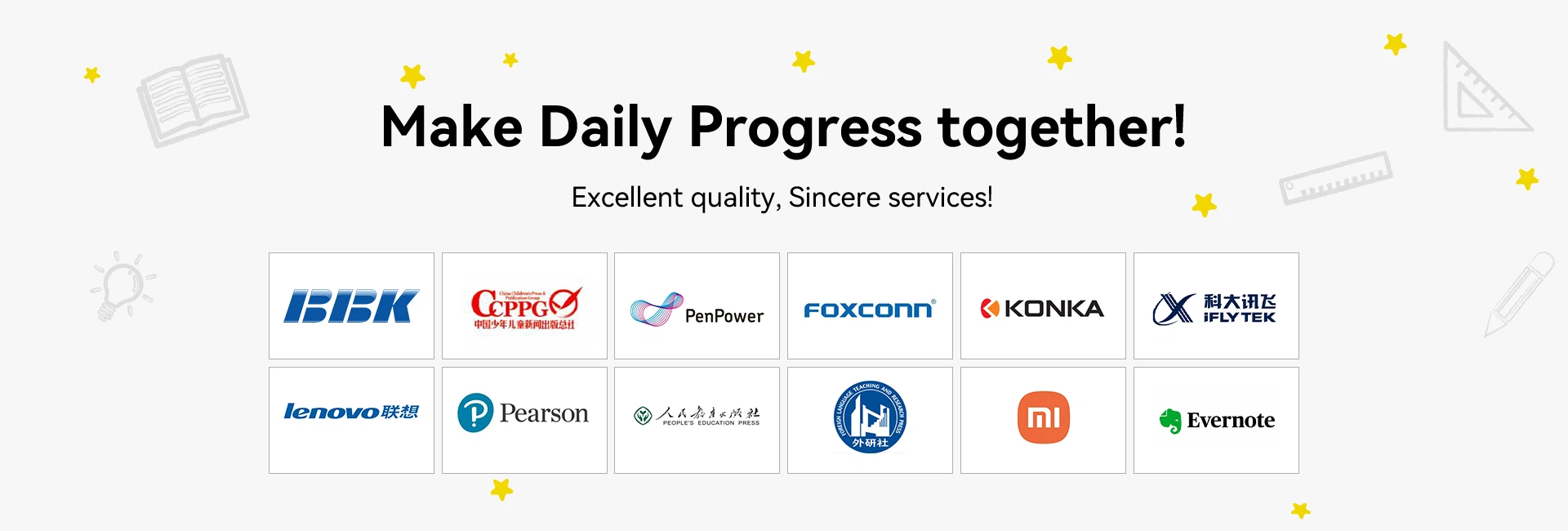Market Demand Drives Industry Growth
In fields such as global tourism, business negotiations, and education, language barriers have always been a significant challenge. Traditional translation tools like dictionaries or mobile apps often fail to meet the need for real-time and efficient communication. The emergence of smart translation devices, with features such as real-time multilingual translation, offline functionality, and portability, has successfully filled this market gap.
According to data from market research agencies, the global translation device market size exceeded 5billion∗∗in2022andisexpectedtogrowto∗∗5billion∗∗in2022andisexpectedtogrowto∗∗10 billion by 2027, with a compound annual growth rate of over 15%. This growth is driven not only by individual consumer demand but also by enterprise-level users, particularly in international trade, cross-border e-commerce, and multilingual customer service.
Technological Innovation Leads Industry Transformation
The rapid development of the translation device industry is fueled by technological advancements. In recent years, breakthroughs in artificial intelligence (AI), natural language processing (NLP), and speech recognition technology have significantly improved the accuracy and response speed of translation devices. For example, some high-end devices now support real-time translation in over 100 languages and can recognize dialects and professional terminology, catering to diverse usage scenarios.
Additionally, offline translation capabilities and cloud-based updates have become core competitive advantages. Users can perform translations without relying on an internet connection, greatly enhancing the practicality and user experience of these devices.
Competitive Landscape and Future Trends
Currently, the translation device market features numerous players, including tech giants like Google and Microsoft, as well as companies specializing in smart hardware, such as iFlytek and Sogou. As market competition intensifies, product functionalities continue to upgrade, and prices are becoming more affordable, further driving market penetration.
In the future, the translation device industry will move toward greater intelligence and personalization. For instance, innovative products such as AR (augmented reality) translation glasses and devices supporting multi-modal interaction are under development, promising new growth opportunities for the industry.
Conclusion
The rapid growth of the translation device industry not only provides users worldwide with convenient language solutions but also deepens cross-cultural communication. With continuous technological advancements and sustained market demand, translation devices are poised to become an indispensable smart tool in daily life, helping to achieve true "barrier-free communication."

